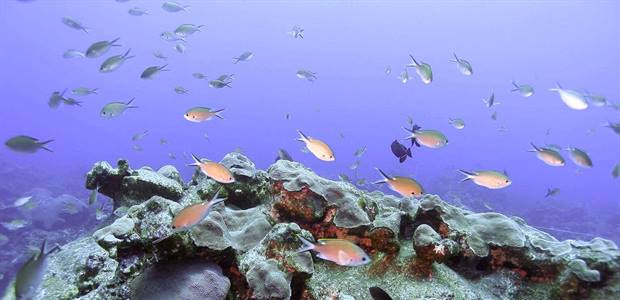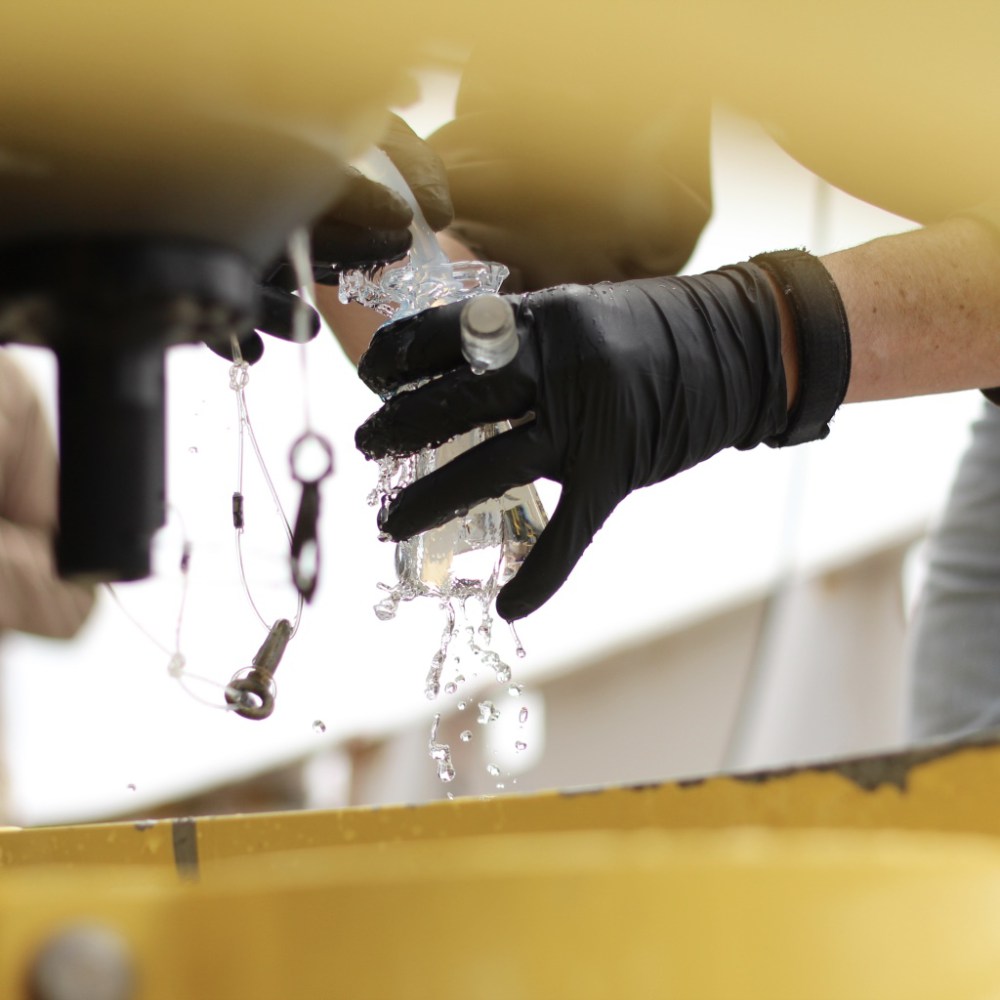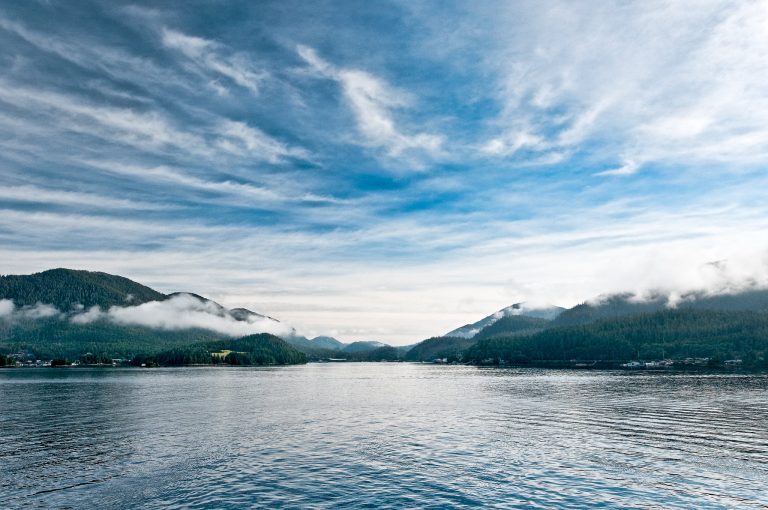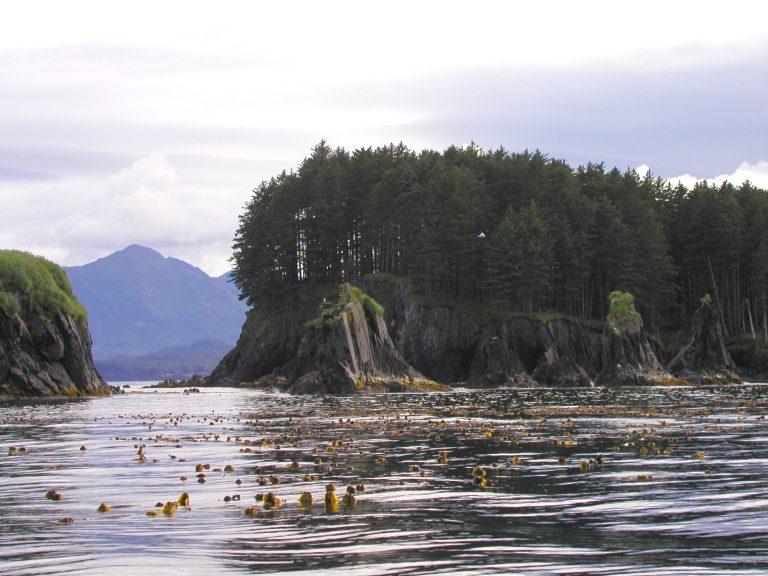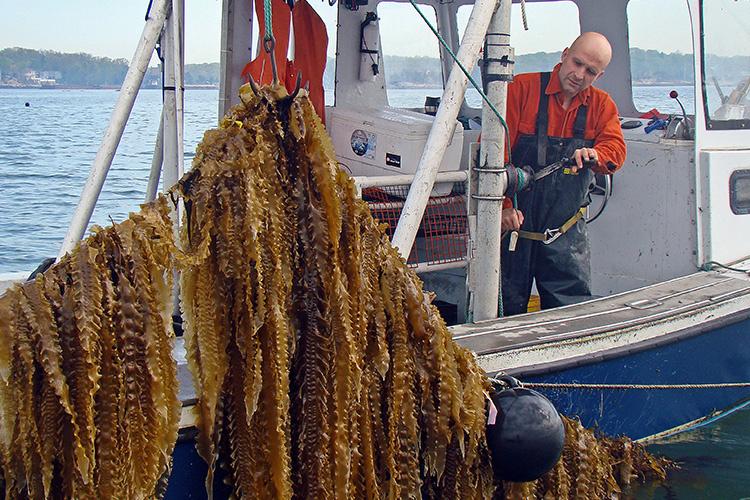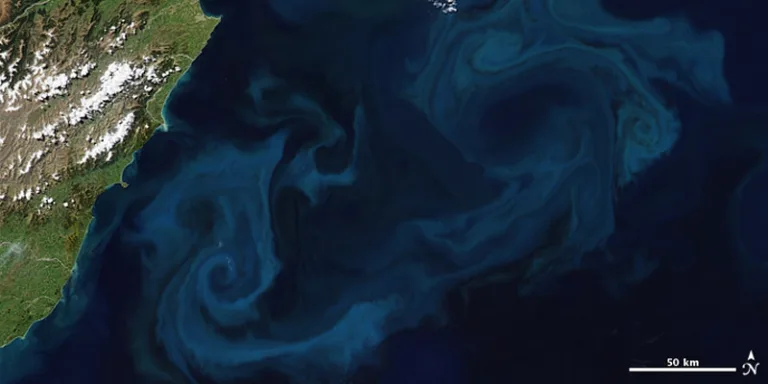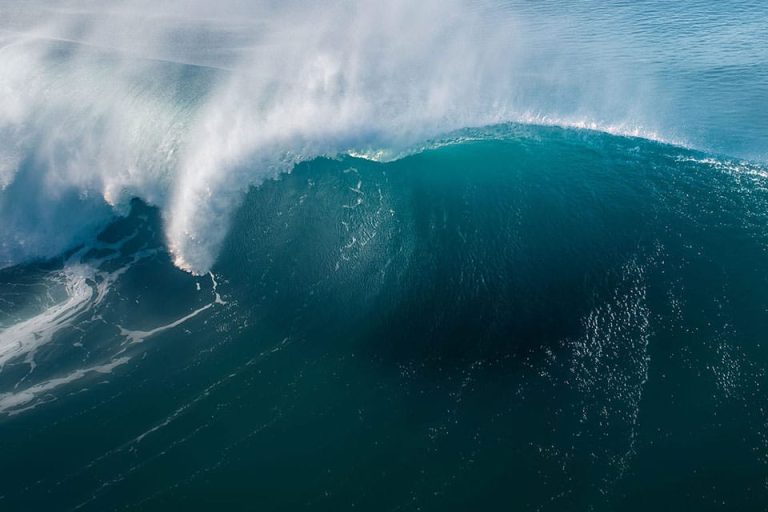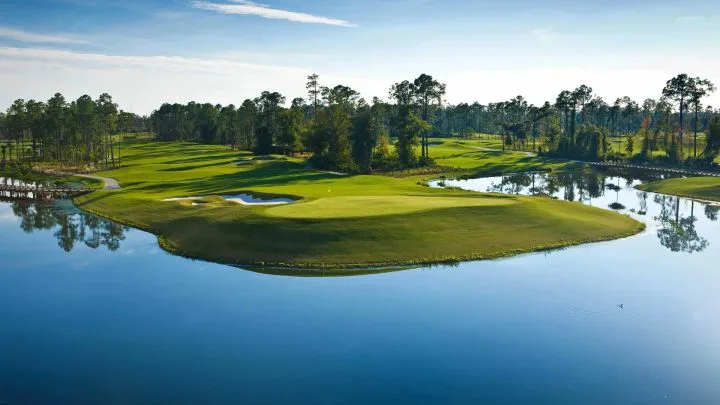Understanding the vulnerability of shellfish hatcheries in the Chesapeake Bay to acidification
Acidification in brackish estuarine environments, such as the Chesapeake Bay, is intensified by coastal inputs such as runoff, atmospheric pollution and freshwater sources. The Chesapeake Bay is home to commercial shellfish hatcheries that supply seed that is sold to and planted in hundreds of shellfish farms within the Chesapeake. A great deal of research has
